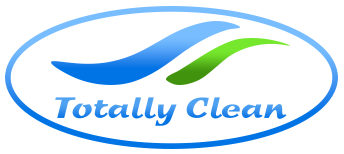Mold in Air Ducts: Identification, Health Risks and Remediation
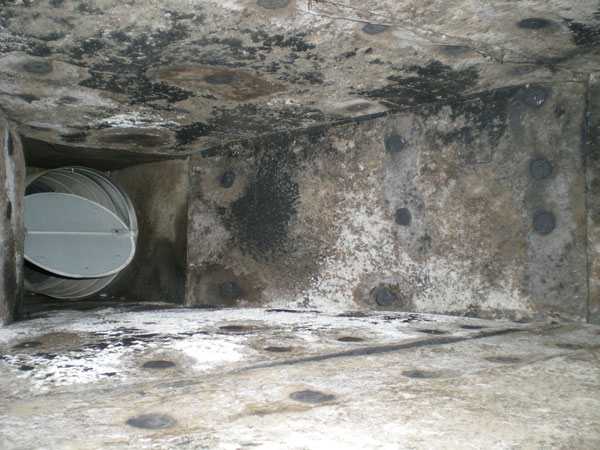
Recognizing Mold Growth in Air Ducts
Mold can manifest in air ducts as colored spots, powdery residues, or fuzzy/velvety textures. Here are some common air duct molds:
Black Mold (Stachybotrys chartarum): Black mold is highly toxic and causes respiratory issues.
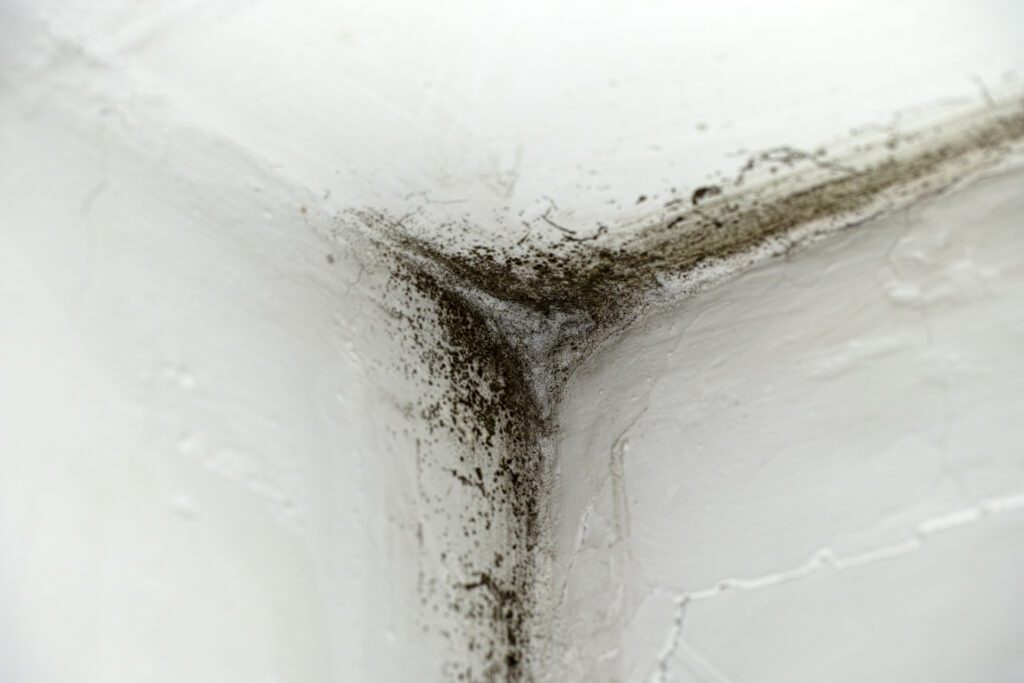
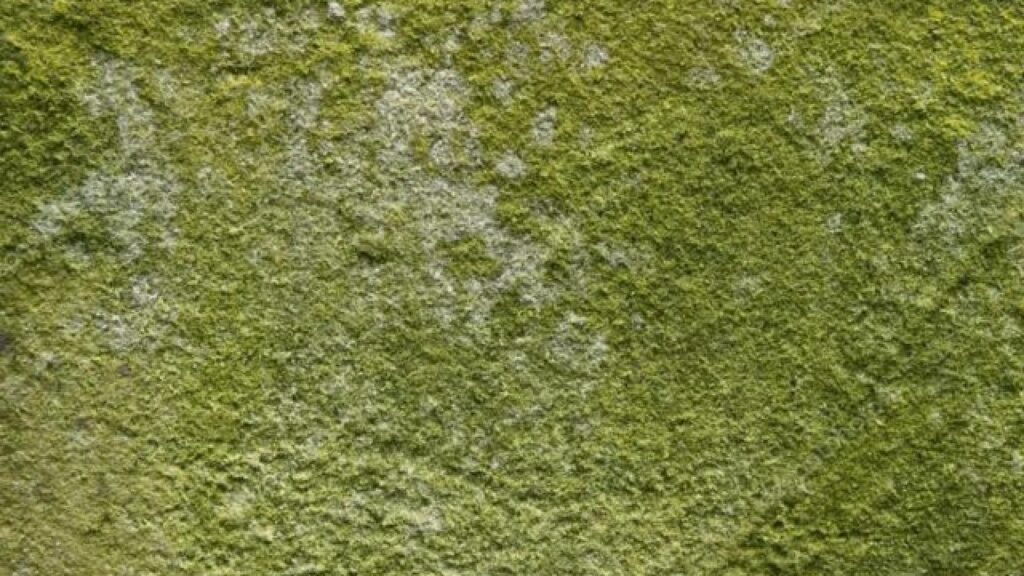
Dark Grey Mold (Ulocladium): Poses respiratory risks, especially for those with compromised immune systems.
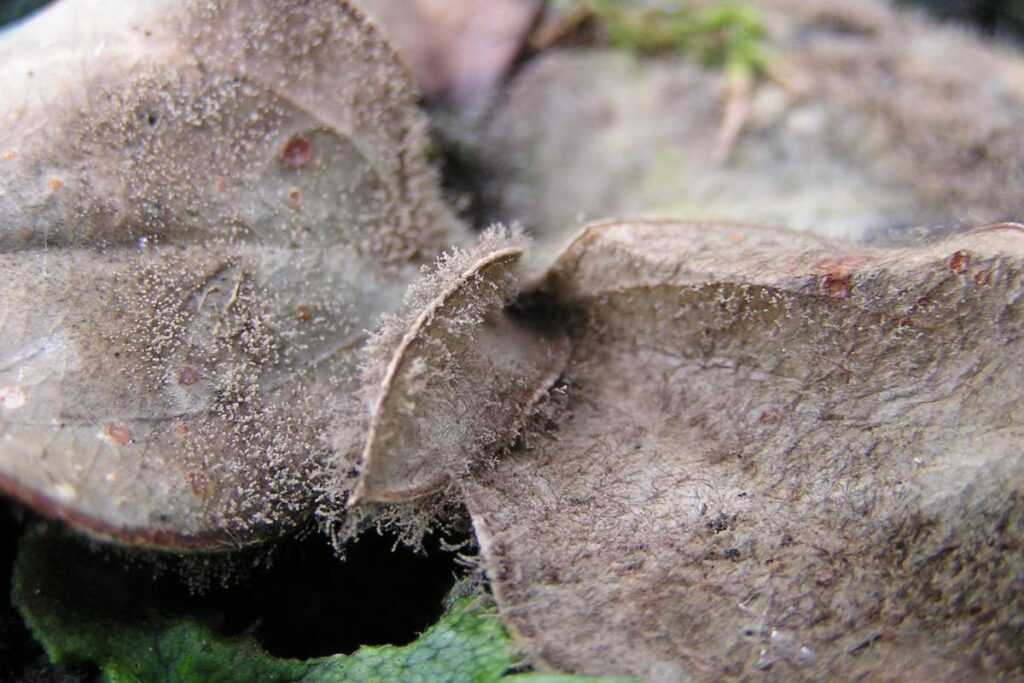
Regular inspection of ducts can help identify mold before extensive growth occurs. Look for discoloration, moisture damage, or musty odors.
Health Effects of Mold Exposure
Inhaling mold spores and mycotoxins can lead to:
- Respiratory issues
- Allergic reactions
- Asthma attacks
- Hypersensitivity Pneumonitis
- Headaches, dizziness, and fatigue
Sensitive individuals, children, and elderly are at higher risk. Even small amounts of mold can exacerbate asthma and allergies.
Professional Mold Remediation
Do not attempt do-it-yourself mold removal. This can worsen the infestation by spreading spores.
Hire a professional mold remediation company to:
- Contain and isolate the contaminated area
- Remove mold safely using HEPA vacuums, antimicrobials, air scrubbers
- Address underlying moisture problems
- Apply antimicrobial coatings to prevent recurrence
- Follow EPA guidelines for safe, effective mold cleanup
Mold Remediation Methods
Professional remediators may use:
- HEPA vacuuming to safely remove mold spores
- Antimicrobial coatings to kill and prevent future mold
- Negative air pressure containment to isolate affected areas
- Air scrubbers with HEPA filtration to remove spores
- Demolition of badly infested drywall or insulation
- Ozone or chlorine dioxide treatment for mold elimination
The method depends on the extent and location of the mold growth.
Professional Mold Inspections
A mold inspection by a qualified professional involves:
- Visually inspecting for signs of mold or moisture issues
- Using devices to measure humidity, temperature, and airflow
- Sampling air quality and swabbing surfaces for mold testing
- Inspecting inside walls, attics, ventilation systems for hidden mold
- Using thermal imaging to identify moisture issues
Early inspection is key to rapid remediation before mold spreads.
Maintaining Healthy Indoor Air Quality
To prevent duct mold growth:
- Use dehumidifiers and fans to maintain low humidity
- Fix plumbing and roof leaks quickly
- Ensure proper ventilation in problem areas
- Clean AC drains and coils regularly
- Replace insulation damaged by moisture
Proper moisture control is key. Contact a duct cleaning company if you have concerns about mold or indoor air quality. Protect your family by keeping your air ducts mold-free.
Mold Remediation Costs
For air duct mold remediation, homeowners may spend:
- $500 to $1500 for a small isolated problem
- $2000 to $6000 if mold has spread to insulation or other components
- $6000 to $12,000+ for extensive contamination or complex ductwork
Many companies provide free inspection and estimates. Costs depend on the extent of mold and difficulty reaching the contaminated areas.
Remediating mold in ducts requires training and protective equipment. Leave it to the professionals for safe removal and healthy indoor air.
Additional Mold Resources
EPA Guide to Mold Remediation: www.epa.gov/mold/mold-remediation-schools-and-commercial-buildings-guide
CDC Information on Mold: https://www.cdc.gov/mold-health/about/
American Industrial Hygiene Association: www.aiha.org



